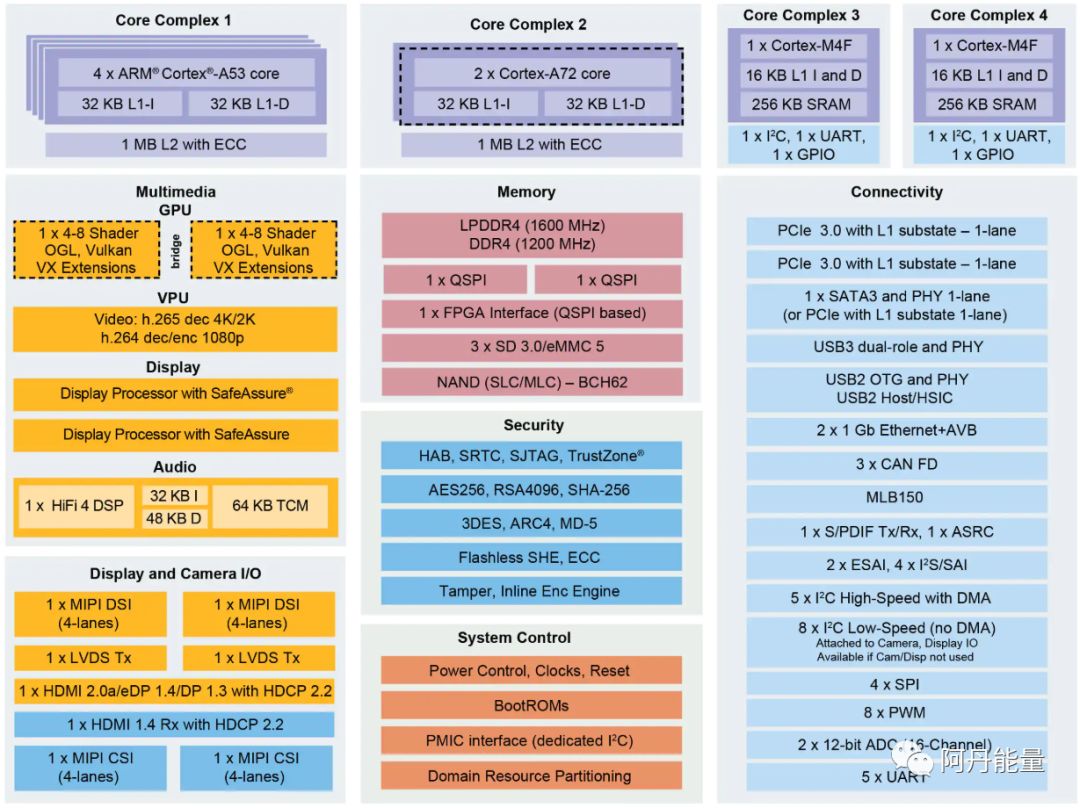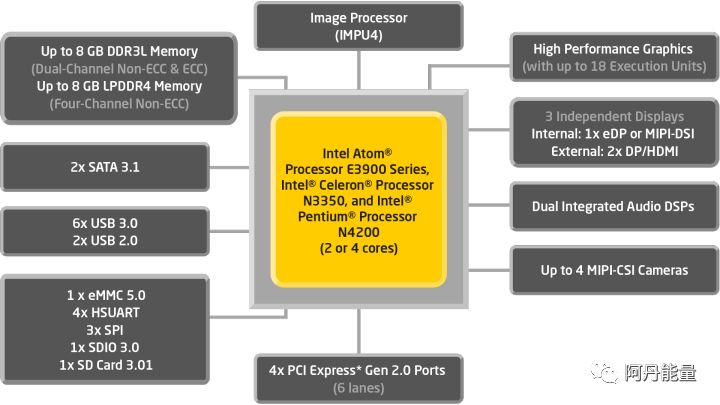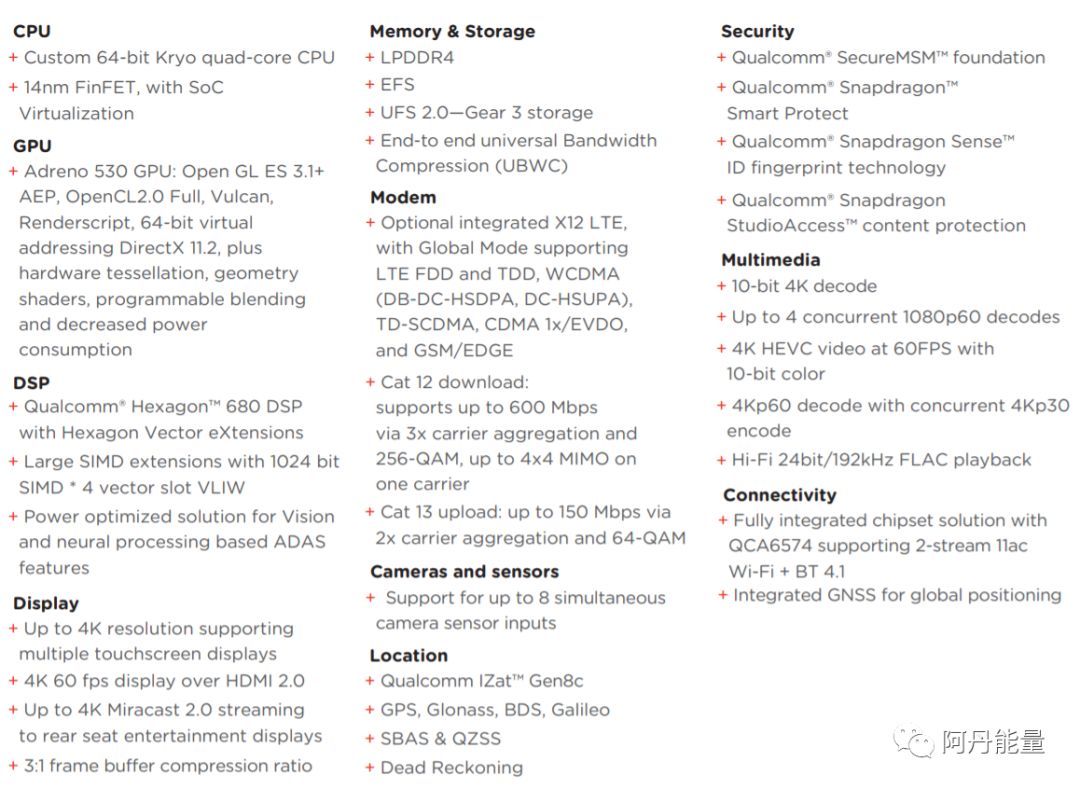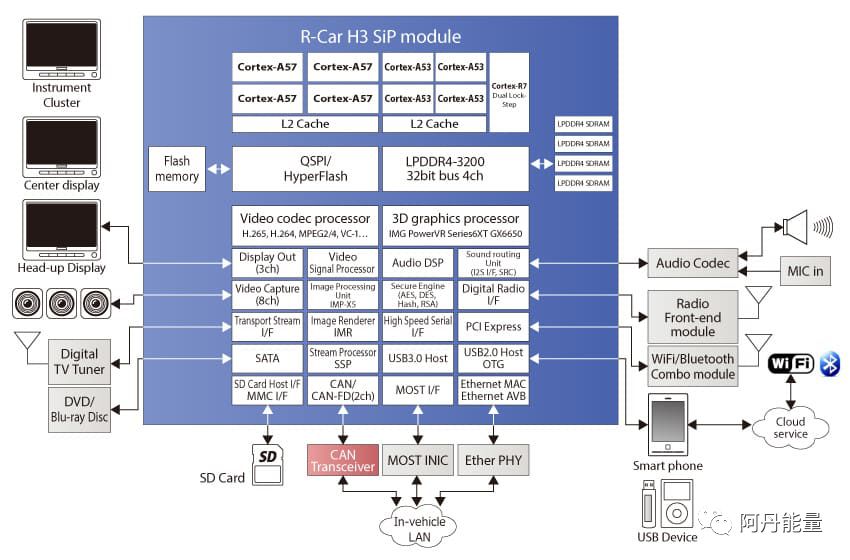1. Overview
1.1 What is Linux;
Linux is a free and open-source Unix-like operating system. The kernel of this operating system was first released by Linus Torvalds on October 5, 1991. After adding user-space applications, it became the Linux operating system. Linux is also one of the most famous examples in the development of free software and open source software. Following the GNU General Public License (GPL), any individual or organization can freely use all the underlying source code of Linux, as well as modify and redistribute it. Most Linux systems also include programs like X Window, which provides a GUI. Most people use Linux distributions directly, rather than choosing each component or setting it up themselves.
Strictly speaking, Linux refers only to the operating system kernel, as the operating system contains many user graphical interfaces and other utilities. Today, Linux is commonly used to refer to complete operating systems based on Linux, while the kernel is referred to as the Linux kernel. Because these system tools and libraries supporting user space were primarily provided by Richard Stallman through the GNU project initiated in 1983, the Free Software Foundation proposed to name the combined system GNU/Linux, but Linux does not belong to the GNU project, and this name has not gained unanimous acceptance in the community.
Initially, Linux was developed as a free operating system supporting Intel x86 architecture personal computers. Currently, Linux has been ported to more computer hardware platforms than any other operating system. Linux can run on servers and other large platforms, such as mainframes and supercomputers. More than 90% of the world’s 500 fastest supercomputers run Linux distributions or variants, including the fastest top 10 supercomputers, all of which run operating systems based on the Linux kernel. Linux is also widely used in embedded systems, such as mobile phones, tablets, routers, televisions, and video game consoles. The Android operating system, widely used on mobile devices, is built on the Linux kernel.
Typically, Linux is packaged into Linux distributions for personal computers and servers, with some popular mainstream Linux distributions including Debian (and its derivatives Linux Mint, Ubuntu), Fedora (and its related versions Red Hat Enterprise Linux, CentOS), and openSUSE, etc. Linux distributions include the Linux kernel and the utilities and libraries supporting the kernel, often with a large number of applications to meet various needs. Personal computer Linux distributions typically include X Window and a corresponding desktop environment, such as GNOME or KDE. Common applications for desktop Linux operating systems include Firefox web browser, LibreOffice office software, GIMP image processing tools, etc. Because Linux is free software, anyone can create a Linux distribution that meets their needs.
Linux distributions refer to what is commonly known as “Linux operating systems”, generally produced and released by some organizations, groups, companies, or individuals. The Linux kernel is primarily used as part of Linux distributions. Generally, a Linux distribution includes the Linux kernel, a set of installation tools to install the entire software on a computer, various GNU software, and some other free software, and some Linux distributions may include some proprietary software. Distributions are made for many different purposes, including support for different computer hardware architectures, adjustments for the usage of ordinary users or developers, development for real-time applications or embedded systems, etc. Currently, there are over three hundred distributions actively developed, with about twelve being the most commonly used. More well-known ones include Debian, Ubuntu, Fedora, and openSUSE.
1.2 What is Embedded Linux;
Embedded Linux is a modified version of the increasingly popular Linux operating system tailored to run on embedded computer systems. Embedded Linux inherits the infinite open-source resources available on the Internet while possessing the characteristics of embedded operating systems. The characteristics of embedded Linux include no copyright fees, low purchase costs, worldwide support from free software developers, excellent performance, easy software porting, open code, extensive application software support, short product development cycles, and rapid market introduction, thanks to many publicly available codes for reference and porting. Real-time performance RT_Linux Hardhat Linux and other embedded Linux support provide stable real-time performance and good security.
2. SoC (System on Chip);
2.1 What is SoC
SoC stands for System on Chip, literally translated as “chip-level system”, commonly abbreviated as “system on chip”. Because it involves “Chip”, SoC reflects the connection and distinction between “integrated circuit” and “chip”, including the design of integrated circuits, system integration, chip design, production, packaging, testing, etc. Similar to the definition of “chip”, SoC emphasizes a whole; in the field of integrated circuits, it is defined as a system or product formed by combining multiple integrated circuits with specific functions on a single chip, which contains a complete hardware system and its embedded software.
This means that a single chip can perform the functions of an electronic system, whereas this system previously often required one or more circuit boards, along with various electronic components, chips, and interconnections to work together. Earlier, we mentioned the integration of buildings into a single structure when discussing integrated circuits, while SoC can be seen as the integration of towns into buildings; hotels, restaurants, shopping malls, supermarkets, hospitals, schools, bus stations, and numerous residences come together to form the functions of a small town, meeting people’s basic needs for living and transportation. Currently, SoC is more about the integration of processors (including CPU, DSP), memory, various interface control modules, and various interconnect buses, with typical representatives being mobile phone chips (see the introduction of the term “terminal chip”). At present, SoC has not yet reached the level of achieving a traditional electronic product on a single chip; it can be said that SoC currently only realizes the functions of a small town and cannot achieve the functions of a city.
SoC has two significant characteristics: first, a large hardware scale, typically based on an IP design model; second, a high software proportion, requiring co-design of hardware and software. The advantages of a city over a rural area are evident: complete supporting facilities, convenient transportation, and high efficiency. SoC also shares similar characteristics: integrating more supporting circuits on a single chip saves integrated circuit area and thus reduces costs, equivalent to improved energy efficiency in a city; on-chip interconnects resemble the expressways of a city, being fast and low-consumption, concentrating information transmission that was previously distributed among various components on circuit boards into the same chip, akin to how one could reach a destination that previously required a long-distance bus ride, now accessible via a subway or BRT, significantly speeding things up; the tertiary industry in cities is more developed and competitive, while the software on SoC is akin to the service industry in a city, requiring not only good hardware but also good software; the same set of hardware can be used for one task today and another tomorrow, similar to the improved resource allocation and utilization in a city’s entire society. Thus, SoC has significant advantages in performance, cost, power consumption, reliability, lifecycle, and applicability, making it an inevitable trend in integrated circuit design development. Currently, in the field of terminal chips sensitive to performance and power consumption, SoC has become dominant; moreover, its applications are expanding into broader fields. Achieving a complete electronic system on a single chip is the future direction of the IC industry.
2.2 SoC Chips
2.2.1 NXP i.MX8
i.MX8 is primarily used in automotive infotainment clusters, hosts, head-up displays (HUD), rear-seat entertainment, and complete digital cockpit (eCockpit), advanced industrial human-machine interfaces (HMI), and single-board computers.

2.2.2 INTEL Apollo Lake
The Intel Atom processor E3900 series, Intel Celeron processor N3350, and Intel Pentium processor N4200 platform (formerly Apollo Lake) support real-time computing for applications in digital surveillance, new in-car experiences, industrial and office automation advancements, retail, and medical solutions. These processors are based on the Goldmont architecture and utilize Intel’s industry-leading 14 nm process technology.

2.2.3 Qualcomm 820a
Qualcomm Snapdragon 820 automotive processors feature low-power CPU, excellent performance GPU, support for Cat 12 high-speed X12 LTE, and robust video processing capabilities, providing new solutions for automotive manufacturers worldwide that are not only highly scalable but also qualitatively improved in connectivity, intelligence, and perception.

2.2.4 Renesas R-Car H3
R-Car H3 provides computing power exceeding that of its predecessor R-Car H2, making it suitable as a computing platform for the autonomous driving era. R-Car H3 meets the automotive ISO 26262 (ASIL-B) functional safety standards and features enhanced safety functions and greater robustness. R-Car H3 is a solution applicable to various in-car infotainment systems and driving safety support systems.

3. Advantages of NXP i.MX8
3.1 Functional Advantages;
1. NXP’s i.MX 8 meets automotive AEC-Q100 grade 3;
2. i.MX8QM processor cores include 4 cores of ARM Cortex-A53, dual-core ARM Cortex-A72, dual-core ARM Cortex-M4F, and one ARM Cortex-M4F, with a 16-shader GPU;
3. The processor supports 4K screens or 4x HD displays, supporting systems include Android, Linux, FreeRTOS, QNX;
4. i.MX 8 supports applications including multi-screen, HUD, seat entertainment applications, and complete digital cockpit electronic facilities;
5. System Controller Unit (SCU): i.MX8 introduces a new concept for managing resource allocation, power, clock, and IO configuration as well as multiplexing. Due to the complexity of the new chip architecture, a system controller unit (SCU) has been added to the system. SCU is based on the ARM Cortex-M4 core.

This article’s content and images are reprinted from BC-AUTO, sourced from the public account A-Dan Energy.

2019 Global and China Automotive Ultrasonic Radar Industry Research Report
2019 International Mainstream Forward Monocular Vision ADAS Industry Research Report
2019 Global and China Parking Assistance & Autonomous Parking Research Report
Valuable Tesla Model S/X bus cracking solutions and database dbc worth hundreds of thousands
Tesla has had 37 OTA upgrades in the past 7 years, with a surge in autonomous driving-related features
2019 International Mainstream Tier 1 Autonomous Driving Business Analysis Report
2019 L2/L3/L4 High-Level Autonomous Driving Inertial Navigation Industry Research Report
2019 Global and China Automotive Millimeter-Wave Radar Industry Research Report
2019 Global and China Automotive Laser Radar Industry Research Report
2019 Global and China Automotive High-Precision Map Industry Research Report
2019 Global and China Autonomous Driving Algorithm Integration Company Research Report
2019 Global and China Mainstream Automotive Companies’ Autonomous Driving Progress Research Report
Research Report on Tier 2 Suppliers Transitioning to Tier 1 Suppliers in the Intelligent Connected Vehicle Field
2019 Global and China Autonomous Driving Domain Controller Industry Research Report
2019 Global and China Automotive T-box Industry Research Report
2019 Global and China Numerous ADAS Features Research Report
Research Report on Highway Design for Intelligent Connected Electric Vehicles


